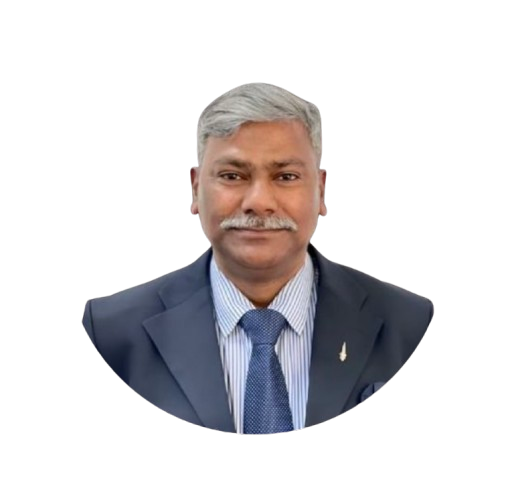
After 1945, this is the second time that national boundaries are being redrawn by force. The first was the 1999 NATO airstrikes on Serbian forces that led to the creation of Kosovo, despite Russian and Chinese protests about NATO undertaking the operation without UN Security Council approval.
Putin’s actions clearly indicate that Central Europe is a non-negotiable Russian sphere of dominance. Despite a weak economy and mounting sanctions, he gambled on Russia’s formidable military power to justify his “legitimate security concerns.” While Russia fired the first shot in Ukraine, NATO also bears responsibility, as the crisis has been building for over a decade due to its expanding influence in Eastern Europe—contrary to earlier assurances.
In 1990, US Secretary of State James Baker assured Soviet President Mikhail Gorbachev that NATO would not expand “one inch to the east.” However, after the USSR’s disintegration in 1991, newly independent Baltic and Central European states sought security under a US-led NATO. NATO adopted an “open-door policy,” expanding from 12 founding members in 1949 to 30 by 2022, including several former Soviet republics.
France and Germany opposed setting a timeline for NATO membership for Ukraine and Georgia, but couldn’t prevent Russia’s 2008 intervention in Georgia, citing protection of minorities. Following the Euromaidan protests in 2014, Putin annexed Crimea.
In 2020, Ukraine was designated a “NATO Enhanced Opportunity Partner,” and British and US warships increased their presence in the Black Sea. NATO’s interventions in Serbia, Afghanistan, Iraq, and Libya, along with the US withdrawal from the Anti-Ballistic Missile Treaty and missile deployments in Poland and Romania, have deepened Russian grievances.
France and Germany initiated talks under the Normandy format, leading to the Minsk agreements in 2014, which aimed to address Russian security concerns. However, these efforts failed, resulting in armed conflict, cyberwarfare, propaganda, and global economic anxiety post-pandemic.
India’s Strategic Position
Russia’s military operations in Ukraine have complicated India’s balancing act between the US and Russia. India maintains a traditional strategic relationship with Russia, with over 60% of its defence equipment of Russian origin. Cooperation spans nuclear energy, space, and joint weapon production, including the BrahMos missile.
Ukraine has been a preferred destination for Indian students, with nearly 20,000 evacuated during “Operation Ganga.” India also relies on Ukraine for upgrading its Antonov aircraft fleet and naval gas-turbine engines—necessitating continued engagement to safeguard strategic interests.
Cold Strategic Mathematics
Despite the collapse of rupee-rouble trade post-USSR, India must maintain its defence ties with Russia until alternative import sources are diversified. Indigenous defence development is a priority, especially given India’s acquisition of complex systems like the S-400 missile, threats from China, and proxy warfare from Pakistan. The US withdrawal from Afghanistan has further heightened India’s security concerns.
India aims to preserve its relationships with both Russia and Ukraine while deepening ties with the US, especially in the Asia-Pacific. With the conflict escalating, India could help mediate between Russia and NATO, potentially reviving the Minsk Accord or proposing a new peace strategy under UN auspices.
India is well-positioned to play the role of “Vishwa Guru” in a world in turmoil.
Note: This article was first published in TheSouth Asian Times
